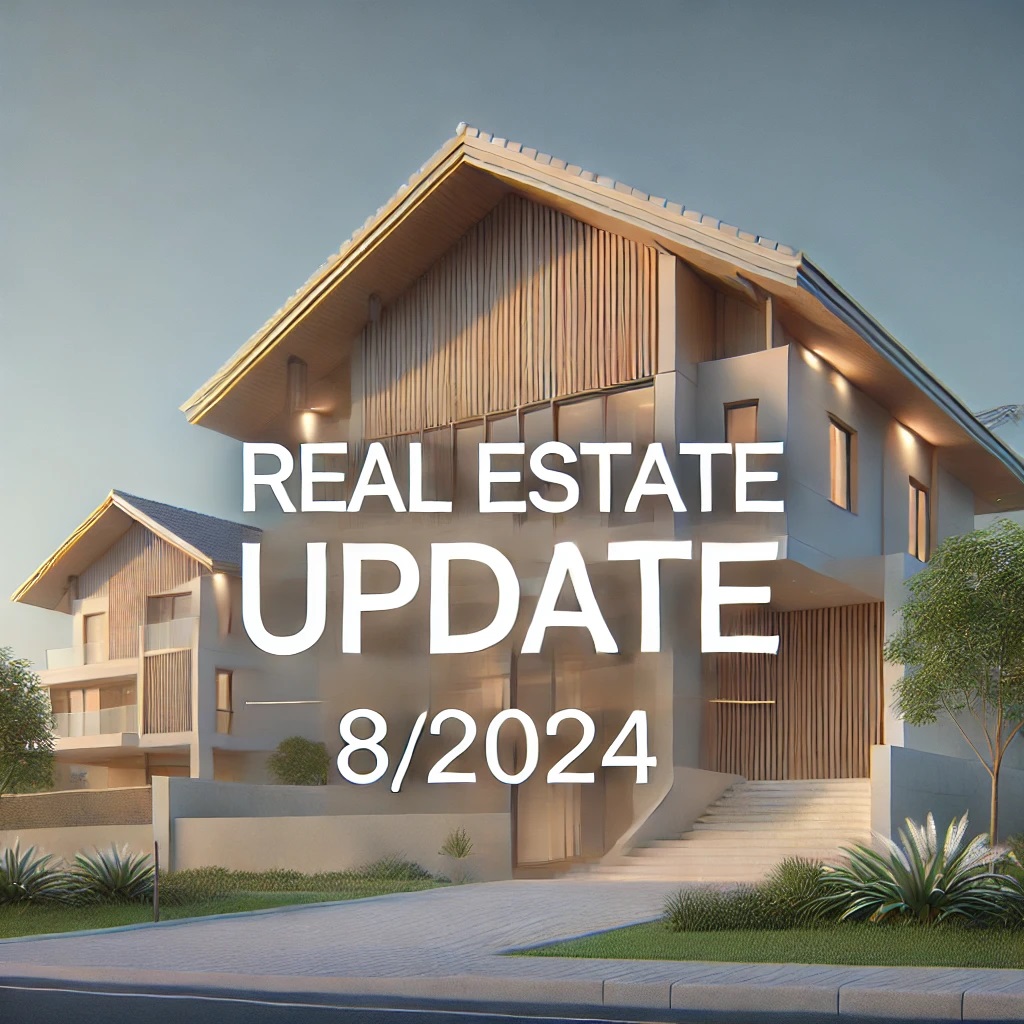With rising interest rates and limited inventory, many potential homebuyers are wondering if they should wait for the Federal Reserve to cut rates before making a purchase. However, the current market presents an interesting scenario where waiting might not necessarily be the best strategy.
Over the past year, mortgage rates have increased significantly, hovering around 7% as of August 2024. This has led many sellers to stay put, as they are unwilling to give up the low mortgage rates they locked in during previous years. As a result, housing inventory has remained tight, contributing to elevated home prices even in the face of higher borrowing costs. In high-demand markets like Calabasas, where the average home price is over $1.7 million, this dynamic is even more pronounced.
But what happens when the Federal Reserve does decide to cut rates? Expectations are high that the Fed could make one or even two rate cuts by the end of this year, especially with inflation cooling and the economy showing signs of slowing. An election year often brings additional pressure on the Fed to take actions that support economic growth, which could lead to rate reductions.
While lower rates would certainly make mortgages more affordable, it’s important to consider the ripple effects. A rate cut would likely lead to an increase in market activity. Sellers who have been holding off on listing their homes might be more willing to enter the market, adding new inventory. At the same time, more buyers would likely be drawn into the market, increasing competition for available homes. This could lead to a surge in transactions, but it could also drive prices higher as demand outstrips supply.
Danielle Hale, chief economist of Realtor.com, points out that “the faster rates drop, the less homeowners will be held in place, and we could see both new inventory and more sales.” This suggests that while a future rate cut might increase the number of homes available for sale, it could also increase competition among buyers, potentially pushing prices up. In other words, while waiting for lower rates might seem appealing, buyers could find themselves facing higher home prices and more competition when those cuts do come.
Additionally, it’s important to consider the current market conditions. With sellers more flexible and realistic about their asking prices due to the higher rates, buyers may have more negotiating power now than they will when the market heats up again. The saying “you date the rate and marry the house” highlights this perspective—meaning that while your mortgage rate may be temporary (as you can refinance later when rates drop), the house you choose is a long-term investment. In other words, locking in a home at a reasonable price today may offer more long-term value than waiting for rates to decrease, only to face higher home prices and fiercer competition.
Another factor to consider is the unpredictability of the market. While experts are predicting rate cuts, there’s no guarantee they will happen as quickly as expected or to the extent anticipated. If the Federal Reserve takes a more cautious approach, it could delay the rate cuts or make smaller adjustments than currently projected. In that case, waiting for lower rates could mean missing out on the opportunity to purchase a home in today’s market.
In conclusion, while waiting for rate cuts may seem like a good idea on the surface, it comes with potential risks. The current market, with its tight inventory and more flexible sellers, could provide a unique opportunity for buyers. If you find a home that fits your needs and is within your budget, it might be wise to move forward now, knowing that you can always refinance later when rates drop. The key is to focus on finding the right home at the right price, rather than trying to time the market perfectly.
Real Estate Update August 2024





